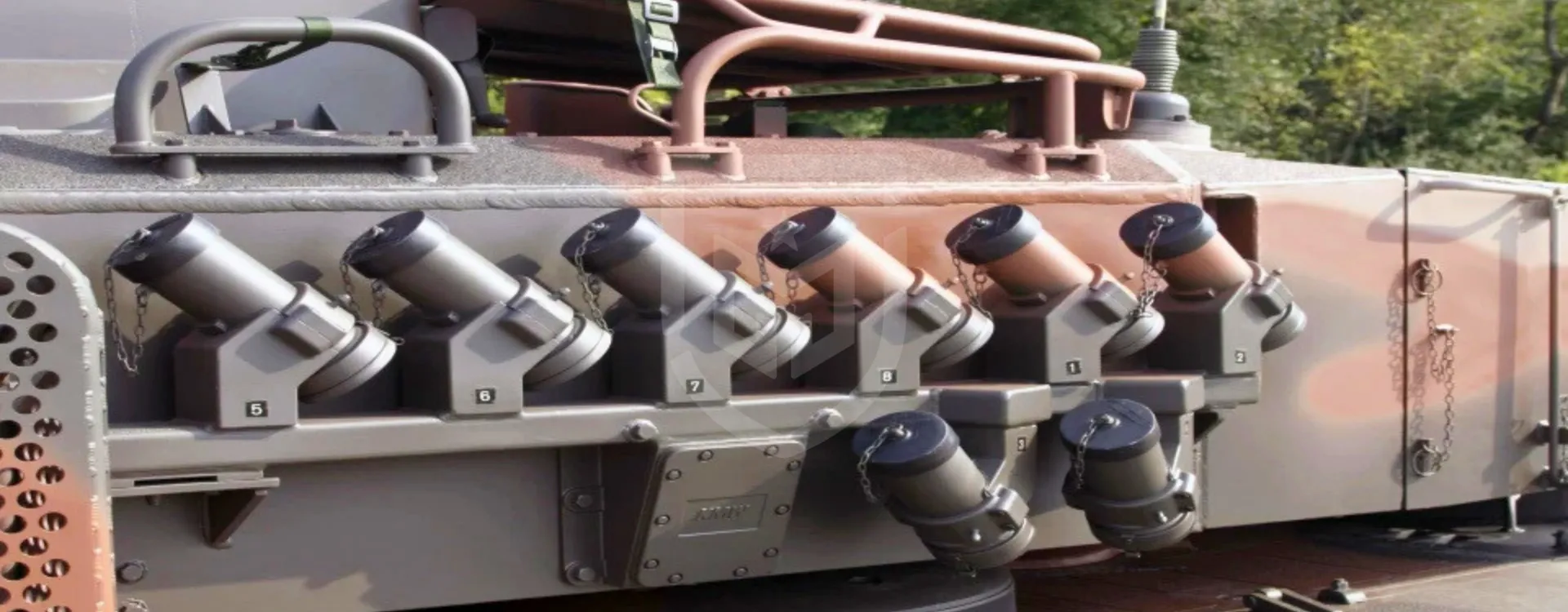

BREAKING NEWS

A smoke mortar is a mortar system employed to project smoke-producing rounds that rapidly form an opaque or semi-opaque screen over terrain. Unlike high-explosive (HE) ammunition, the objective is not to destroy but to obscure, conceal movement, break line-of-sight sensors, and shape an opponent’s decisions. In modern operations, smoke is used to cover assaults and withdrawals, shroud obstacle breaching, mask logistics routes, and blind observation posts.
Put simply: smoke buys time and ambiguity.
How it works (high level): Smoke mortar rounds disperse aerosolized particles—commonly HC (hexachloroethane-zinc) compositions, red phosphorus/white phosphorus (RP/WP), or colored dyes for signaling. These agents differ in persistence, obscuration quality, and infrared (IR) performance. Commanders select caliber, number of rounds, fuse settings, and aimpoints to generate a continuous smoke curtain that endures long enough for the task at hand. Wind, stability, humidity, and terrain are mission-critical variables because weather can make or break a smoke plan.
Tactical value in one glance:
Concealment & deception: Screens hide friendly posture and intent, complicating enemy targeting cycles.
Sensor denial: Properly chosen smoke can degrade electro-optical, IR, and laser range-finding.
Tempo control: By masking key points, forces can seize initiative or disengage with fewer losses.
Communication & marking: Colored smoke provides non-verbal control measures during complex maneuvers.
Safety & legality: Smoke munitions are regulated military stores. This article is informational only—no instructions, procurement guidance, or construction details are provided. Operational use is governed by rules of engagement, law of armed conflict, and environmental/health regulations concerning combustion products and residues.
History in brief: From the First World War onward, armies recognized that obscuration can be as decisive as firepower. As Winston Churchill quipped about wartime deception, “In wartime, truth is so precious that she should always be attended by a bodyguard of lies.” While smoke isn’t “a lie,” it enables deception by withholding visual truth at the right time and place.
Key takeaways for analysts and students:
Smoke mortar ≠ high-explosive: It’s a shaping tool, not a primary lethality tool.
Environment rules: Wind and stability class determine whether smoke clings, lifts, or blows out.
Multispectral matters: Visible smoke ≠ IR smoke—agent choice must match the threat sensors.
Integration is everything: Best results come when smoke is planned with maneuver, fires, and timing—not as an afterthought.